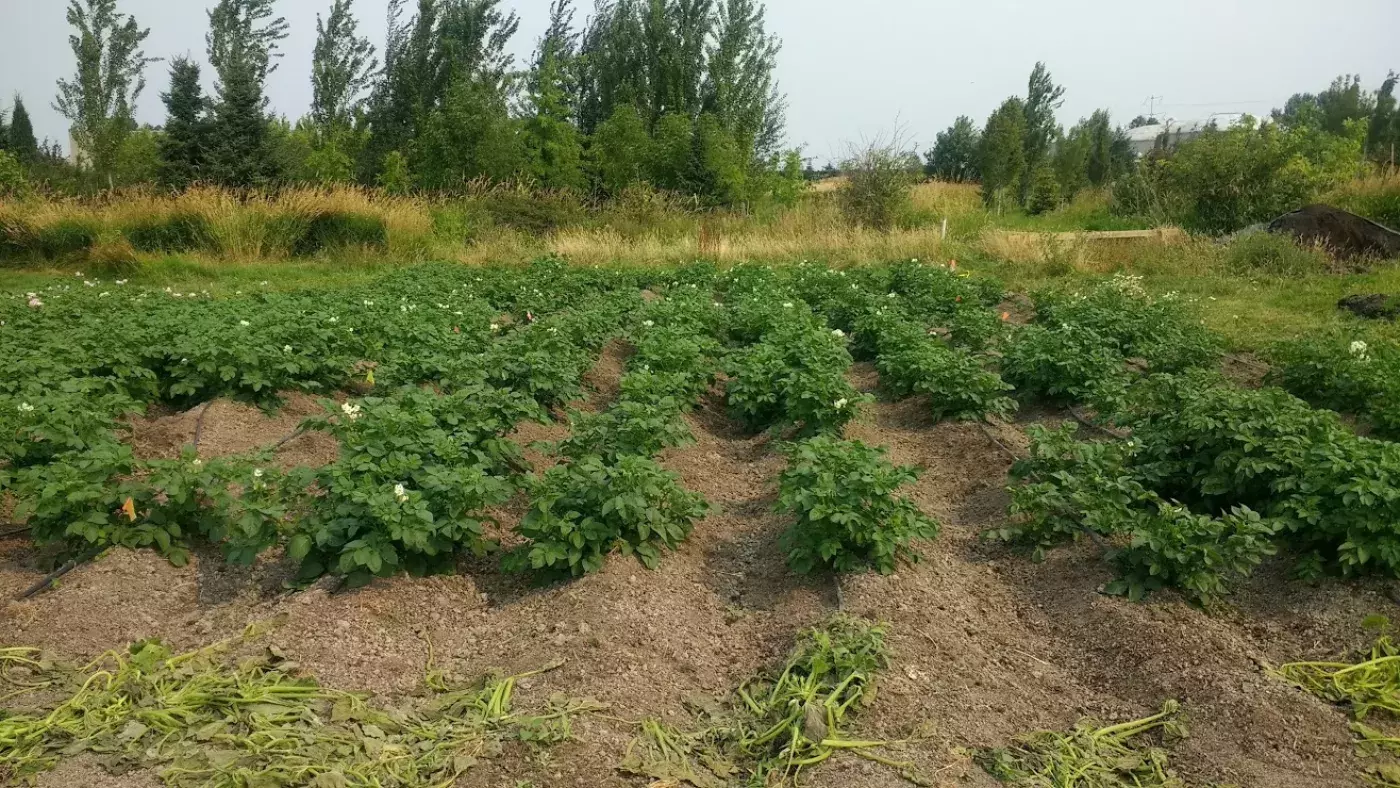
Effect of cut seed tubers and Metarhizium brunneum on wireworm damage in potato

Experimental Research by Lindsay Dodds, Sustainable Agriculture and Food Systems Student, 2018
Image
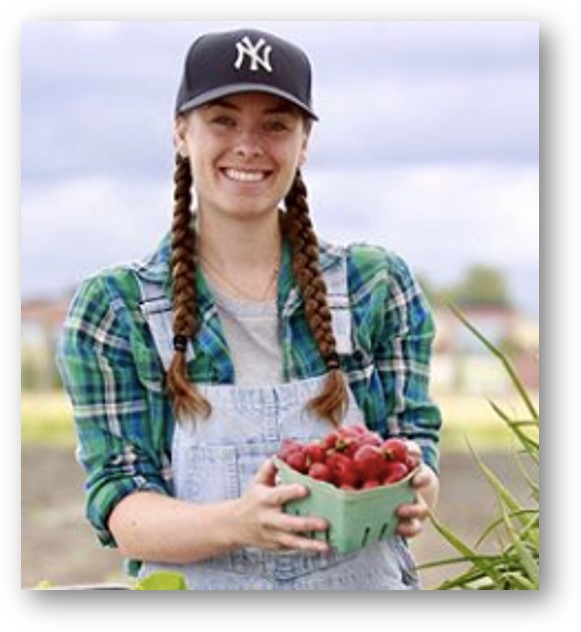

OBJECTIVE
Whole or cut seed potatoes were tested, with or without Metarhizium brunneum, to determine if an attract-and-kill strategy would protect an organic potato crop from wireworm damage without reducing yield.
INTRODUCTION
Image
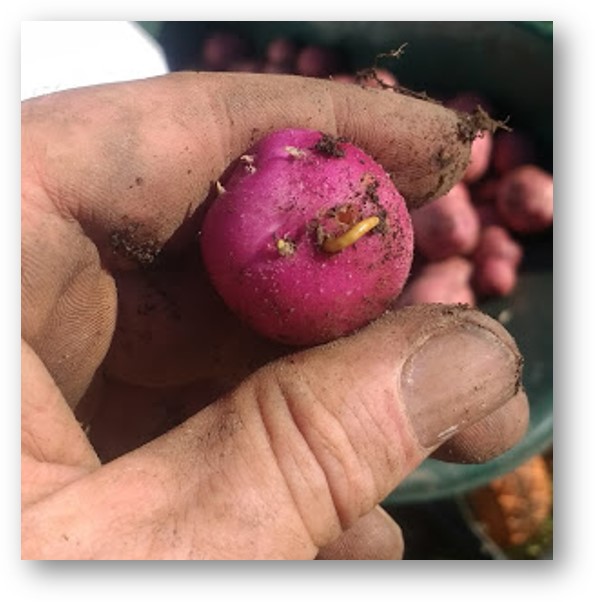

Wireworms:
- Polyphagous soil-dwelling larvae of click beetles (Coleoptera: Elateridae)
- Cause significant damage to agricultural crops including cereals, legumes and potato
- Transition through as many as 13 larval instars over 2-5 years, terminating as short-lived adults
Wireworm damage to potato
- Thirty-nine species known to attack potatoes
- Agriotes, Conodenis, Ctenicera, Liminius, and Melanotus include most significant wireworm pests of potato
- Tubers with as little as two feeding holes may be unmarketable
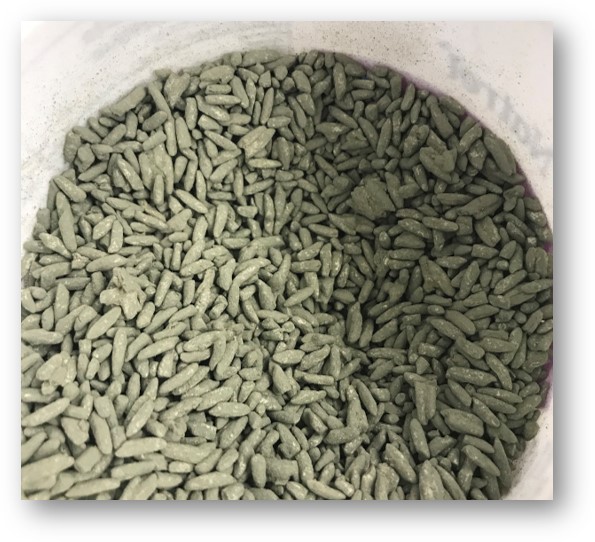
- Entomopathogenic fungus occurring naturally in local soils
- Isolate LRC112, obtained from an infected wireworm cadaver near Agassiz, BC, infects wireworms under field conditions in Canada
- Can cause 90-100% mortality of A. lineatus, three weeks after inoculation
- Mass-produced for use in field and laboratory trials
- Previously tested for wireworm control with varying success
- Biocontrol efficacy influenced by environmental factors such as temperature, soil moisture, and nutrient availability
- Best results when soil temperature is at least 18C at planting (June in south coastal British Columbia for deep seed crops like potato)
Attract-and-kill strategy
- Carbon dioxide attracts wireworm
- Combining M. brunneum treatment with a carbon dioxide source may lure wireworms to the infective biocontrol
- Seed potatoes emit carbon dioxide
- Cut seed pieces emit more carbon dioxide than whole seed pieces
Image
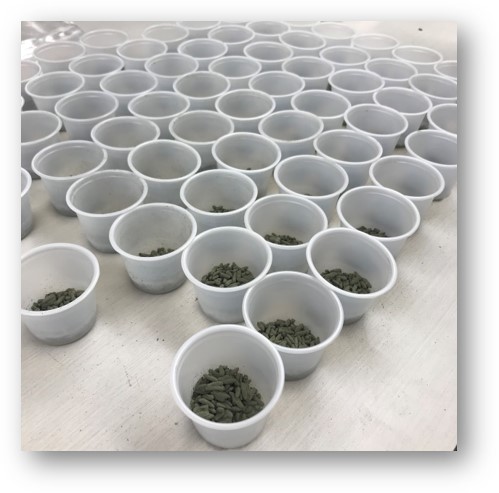
METHODS

- Study location: KPU Orchard, Richmond, B.C., Canada
- Partnership between Kwantlen Polytechnic University, and Agriculture and Agri-Food Canada
- Certified organic by BC Association for Regenerative Agriculture
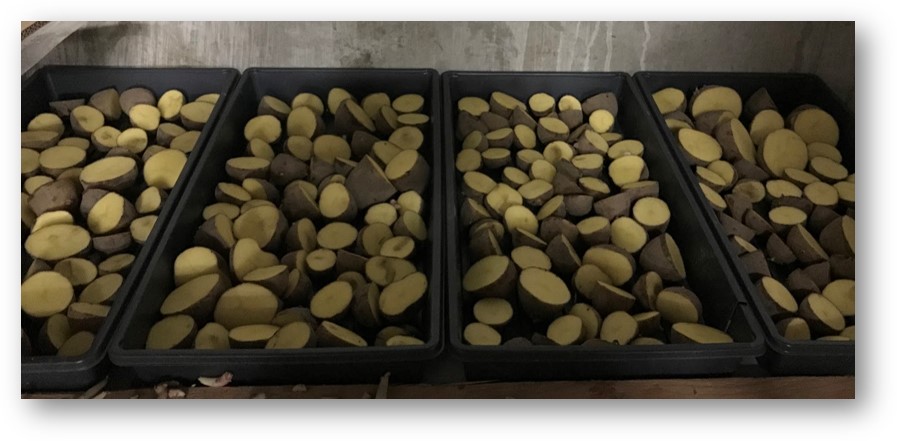
- Abundance and diversity of endemic wireworms sampled using pheromone and CO2-baited pitfall traps
- 130 seed tubers cut in half and left to suberize to reduce opportunity for disease infection
- Sprouts from cut and whole seed potatoes removed to ensure consistent growth stage between treatments
- M. brunneum (AAFC, Agassiz, BC) mass-produced and blended with dry rice
Experimental design: Factorial randomized complete block with 4 treatments and 6 replicates
Treatments (4):
- Seed factor: Whole or half seed pieces
- Biocontrol factor: M. brunneum or untreated control
Plots (24):
- Dimensions: 2.25 x 4 m
- Center row treated, with buffer rows at each plot edge
Potato culture:
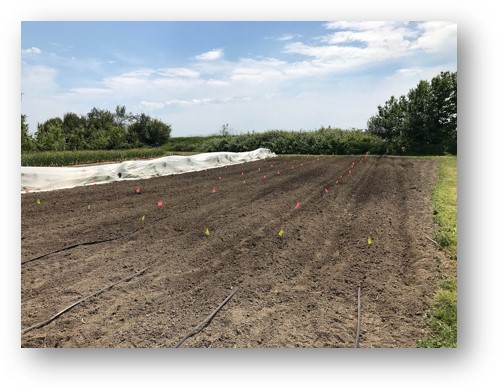
- Planting: June 20, 2018
- 30 cm between plants, 1.25 m between rows
- Drip irrigation applied along each row
- Hilled at planting and 42 days after planting
- Tops mowed 10 days before harvest
- Harvested October 11, 2018 with tractor-driven potato harvester
Data collection: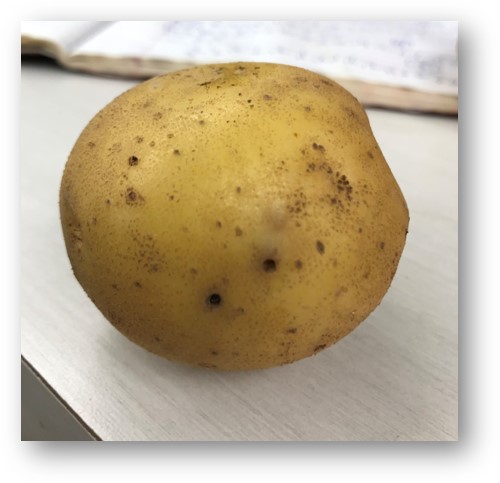
- Potato yield, potato count, number of wireworm feeding holes per tuber
Data analysis:
- ANOVA in R statistical software
RESULTS
- Whole seed pieces produced a higher yield than half seed pieces (p=0.01) (Fig.1). No significant influence of biocontrol on yield was detected.
- An interaction was observed between seed and biocontrol effects on wireworm damage (p=0.03). M. brunneum application reduced the number of holes per tuber in potatoes grown from half seed pieces, but not in potatoes grown from whole seed pieces (Fig. 2).
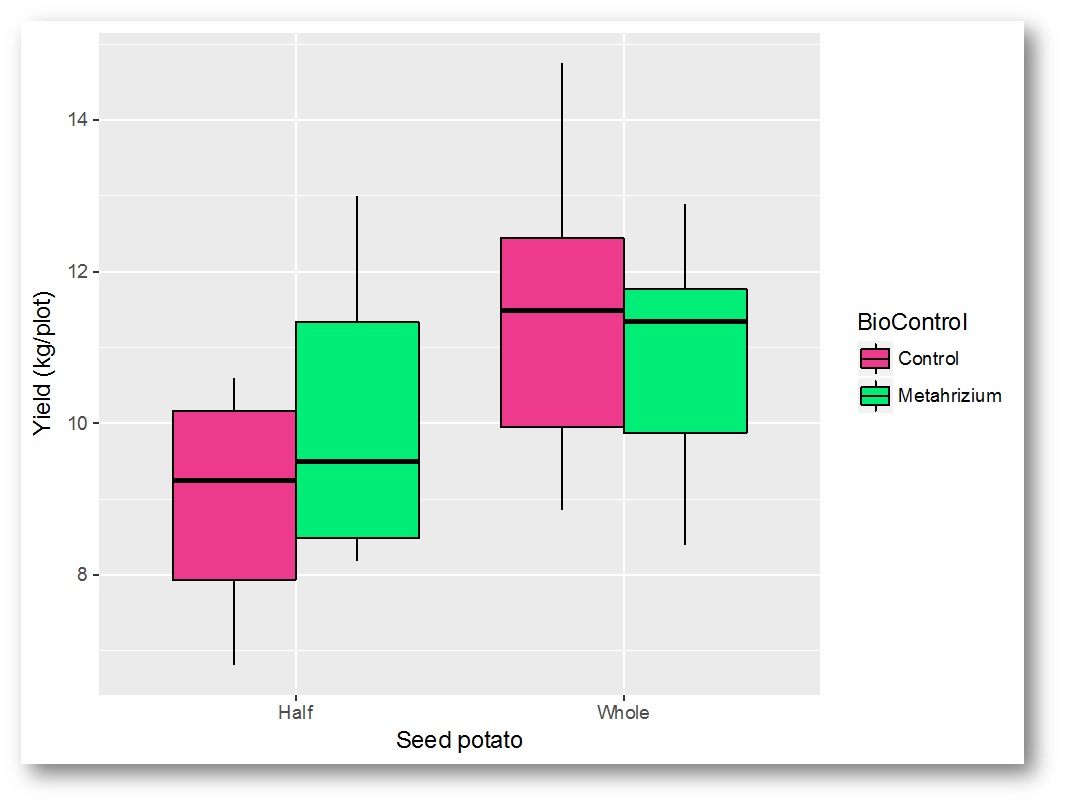
Fig 1. Yield of potatoes according to seed potato type and biocontrol.
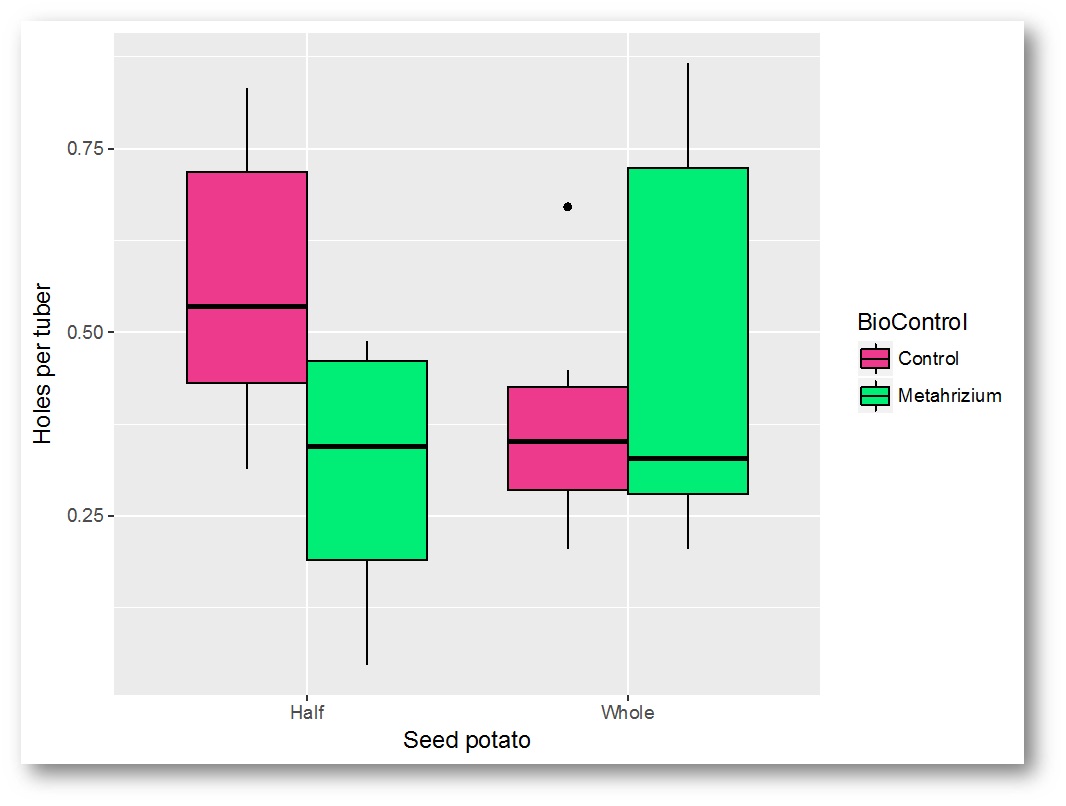
Fig 2. Wireworm damage according to seed potato type and biocontrol.
CONCLUSION
M. brunneum reduced wireworm damage to potatoes grown from half seed pieces, but not to potatoes grown from whole seed pieces. Potatoes grown from whole seed pieces had a higher yield and no more damage than potatoes grown from half seed pieces with M. brunneum. The observation is consistent with the hypothesis that cut seed pieces attract wireworm larvae that can be killed by M. brunneum. M. brunneum compensated for the extra feeding damage associated with using cut seed pieces but did not offer any additional benefit over using whole seed pieces.
ACKNOWLEDGMENTS
Image


Mike Bomford and Todd Kabaluk provided help, support, and guidance. Rebecca Harbut assisted with design, squaring, and plot measurement. Arcadio Guzman, Piper Kenney and Torin Boyle helped with planting, weeding, and harvest. Funding from Organic Science Cluster III.